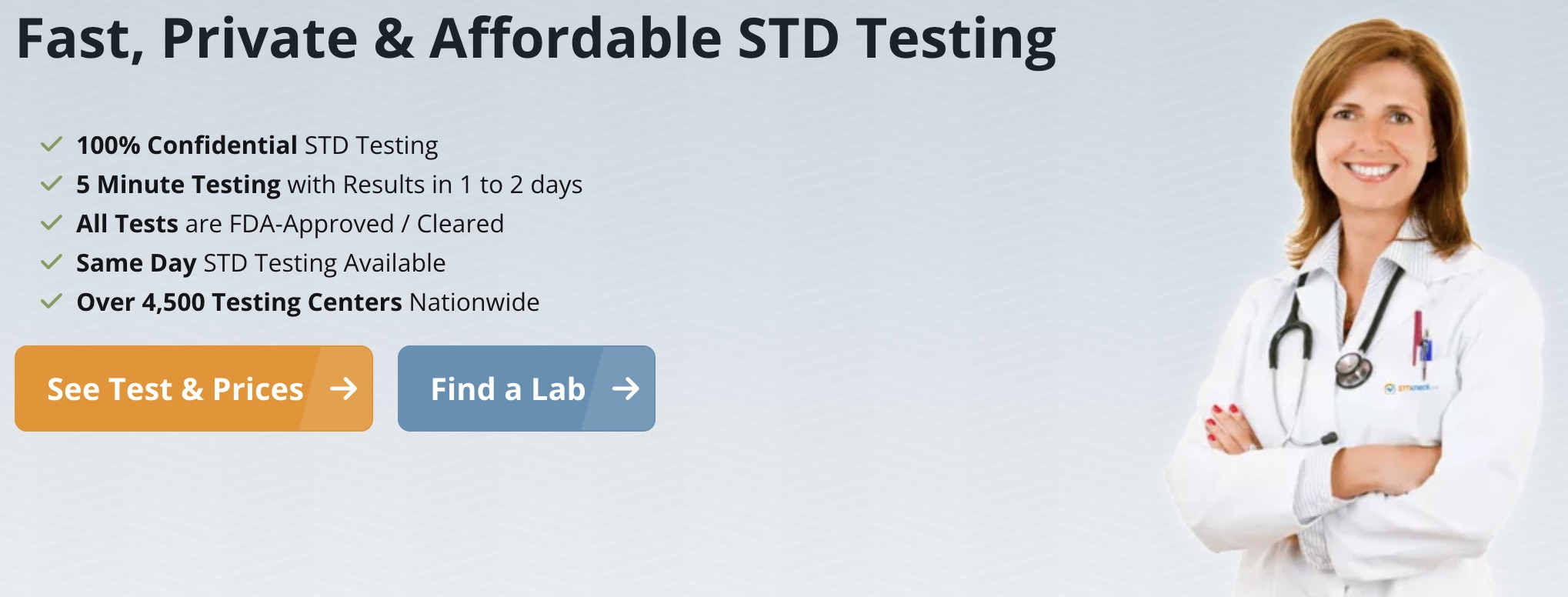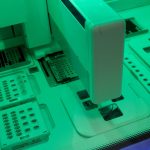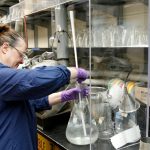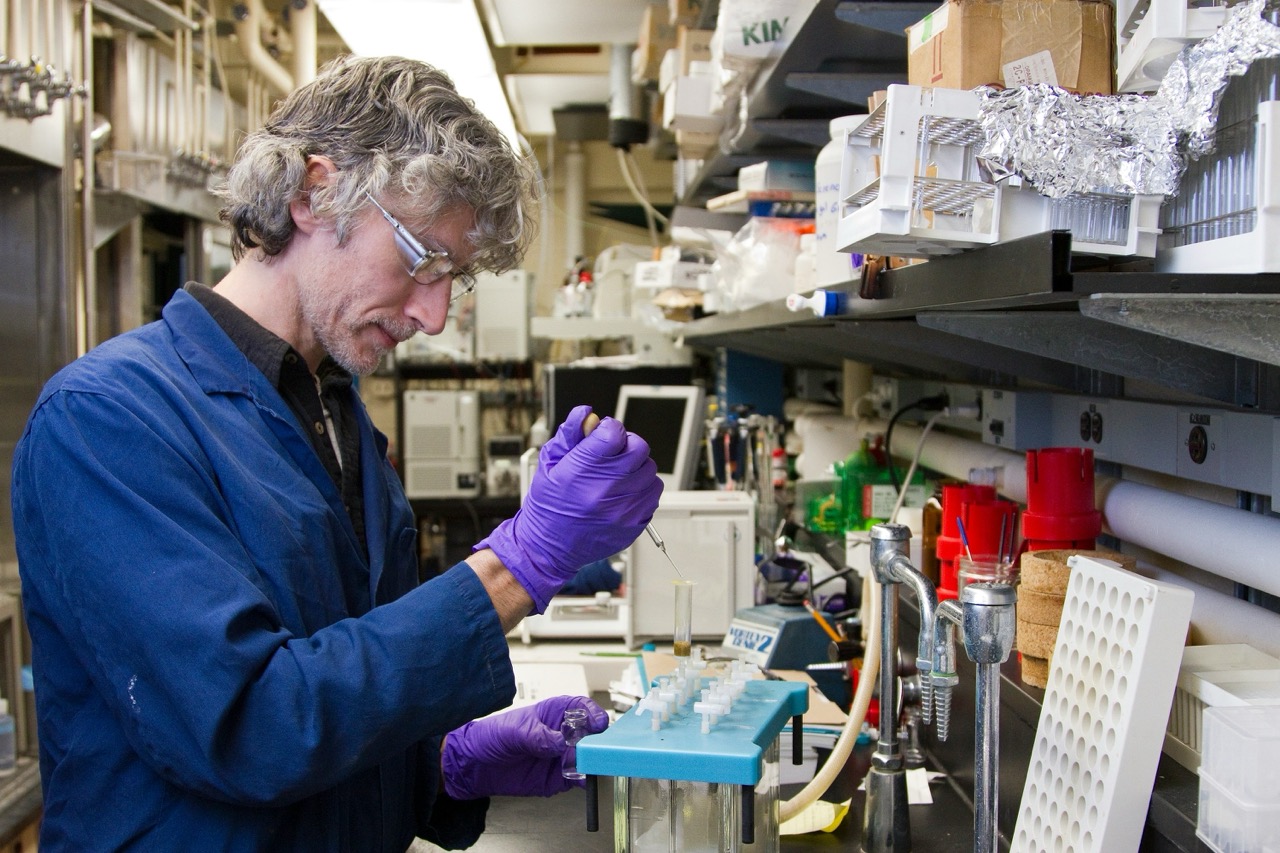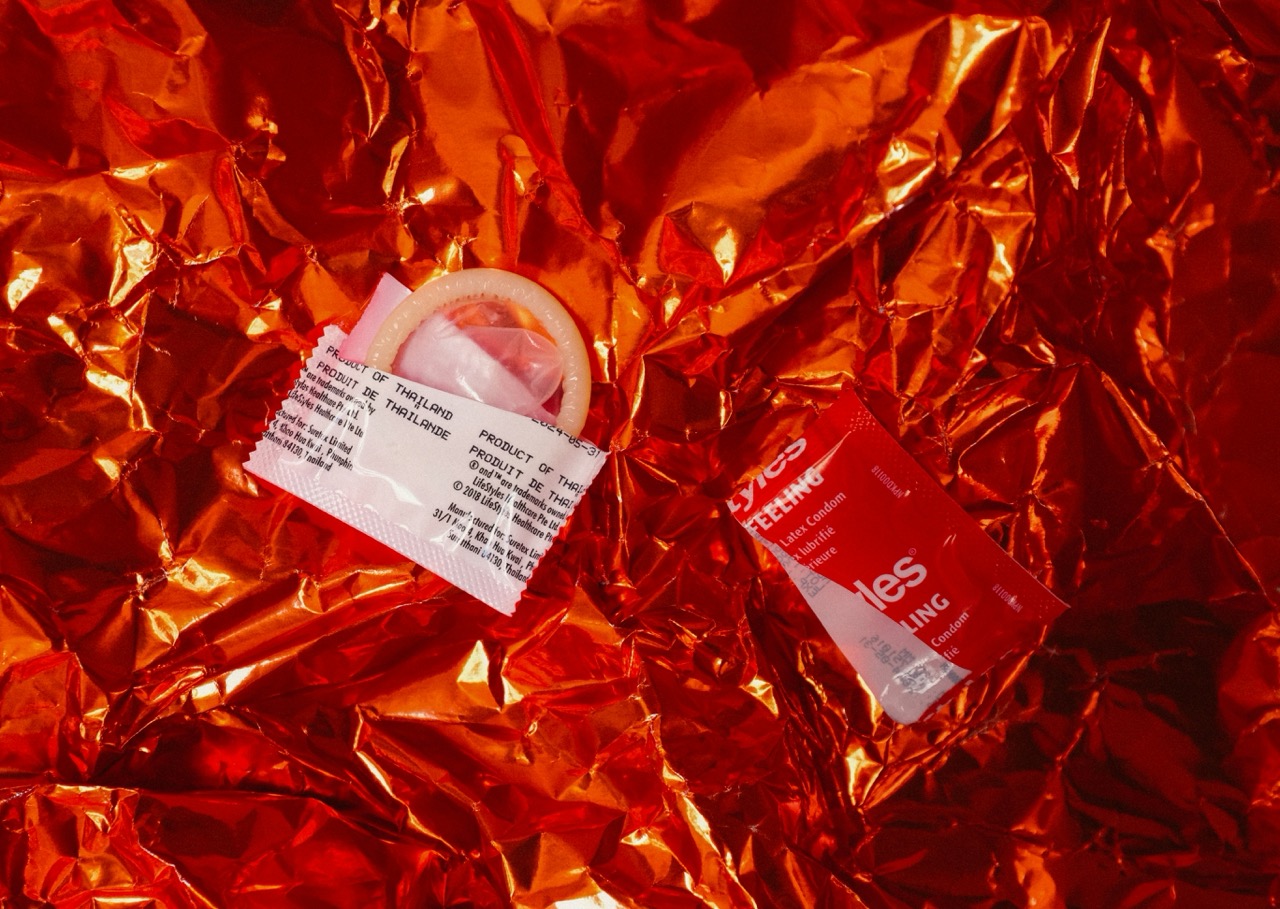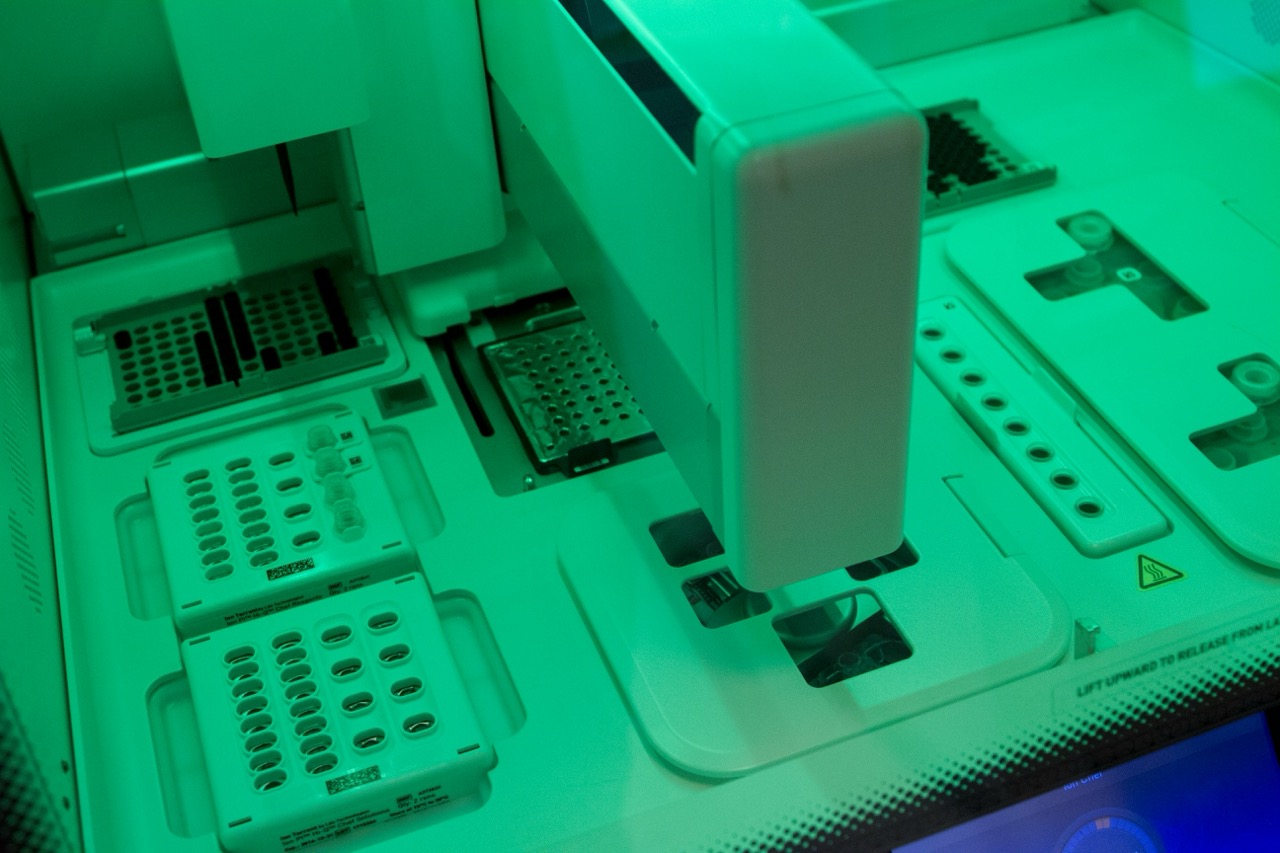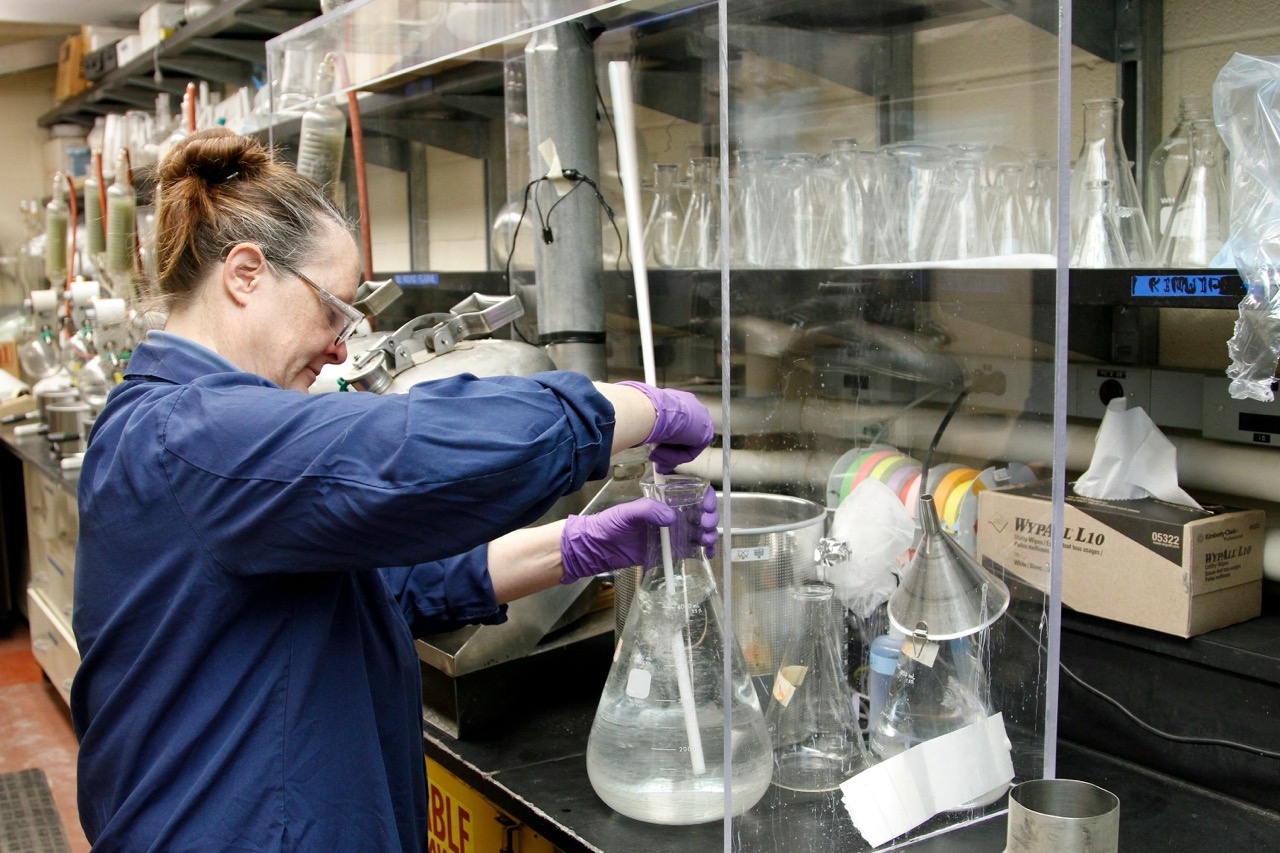How Accurate Are Rapid HIV Tests? Let’s Clear the Air!
In a world where speed is the name of the game, rapid HIV tests have taken center stage, waltzing into the healthcare spotlight with their promise of convenience and fast results. But amidst the excitement, one question bubbles to the surface: just how accurate are these speedy tests? Let’s dive into this topic with a sprinkle of cheer and a dash of clarity!
The Quick and the Curious
Picture this: it’s a Friday evening, and you’re at a community health fair. You stroll past booths offering smoothies and free health screenings, and your eyes land on a colorful banner: “Get Tested for HIV in 20 Minutes!” Suddenly, the idea of waiting days for lab results feels as outdated as a rotary phone. Rapid tests can provide results in less than half an hour, making them a tempting option for those seeking peace of mind.
So, what about accuracy? Rapid HIV tests typically fall into two categories: antibody tests and antigen/antibody tests. The former detects antibodies that your body produces in response to HIV, while the latter can identify both antibodies and the virus itself.
Accuracy Breakdown
When it comes to accuracy, rapid HIV tests are often celebrated for their performance. Many of these tests boast a sensitivity of around 99% and specificity rates that can also hit the high 90s. But what does that mean?
-
Sensitivity refers to a test’s ability to correctly identify those with the virus (true positives). In simple terms, if you have HIV, a sensitive test is likely to say you do.
-
Specificity deals with the test’s knack for accurately telling people they don’t have HIV (true negatives). So, if the test says you’re negative, it’s likely true!
To put it succinctly, rapid HIV tests are generally very good at catching the virus when it’s present and confirming that it’s absent when it’s not.
The Art of Testing Timing
But hold your horses – while rapid tests are fantastic, timing is key! Most rapid tests are highly accurate after "window period" – the time after exposure during which the virus may not be detectable. For most people, this period is about 2 to 4 weeks, but some tests may be reliable as early as 10 days post-exposure. If you think you’ve been exposed recently, it’s best to wait a little while before you test.
In the delightful world of testing, it’s always smart to follow up with a standard lab test for confirmation, especially if you receive a positive result from a rapid test. This helps ensure that every possibility is explored, and your health is fully understood.
Making Testing Accessible
One of the most wonderful aspects of rapid HIV testing is its accessibility. Many community organizations and clinics offer these tests for free or at a low cost, breaking down barriers and promoting health equity. The more people who can test easily and quickly, the better we can manage and prevent the spread of HIV.
Additionally, these tests are often designed to be user-friendly, allowing healthcare providers to administer them with ease. Some people even have the option to take home self-tests, empowering them to take control of their health in the comfort of their own space.
Celebrating Awareness
In summary, rapid HIV tests shine brightly in the realm of health screening, offering accuracy, speed, and accessibility. They’re not just tests; they’re a cheerful step towards awareness and proactive health management. Remember, the journey to understanding your health is not just about the numbers – it’s about empowerment, education, and encouragement to lead a healthy life.
So, the next time you see that enticing banner at a health fair, don’t hesitate! Step up, get tested, and embrace the bright world of knowledge and health. After all, the more we know, the more we can celebrate life – and isn’t that the ultimate goal? 🌈
